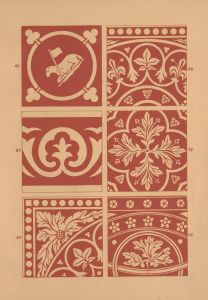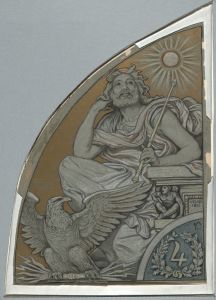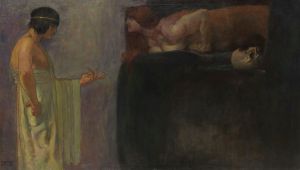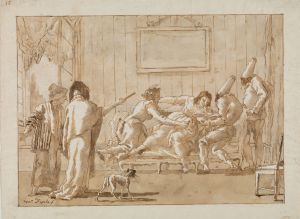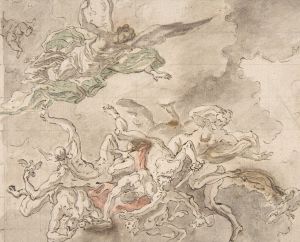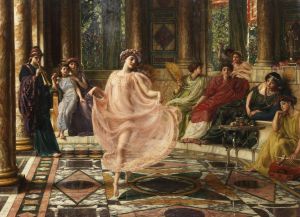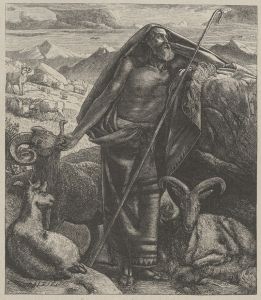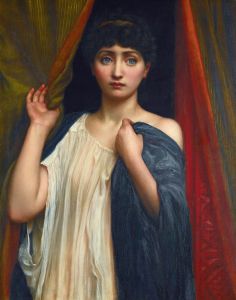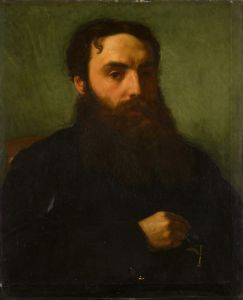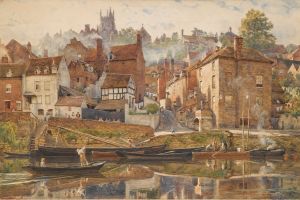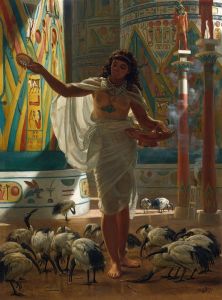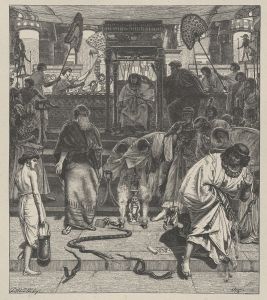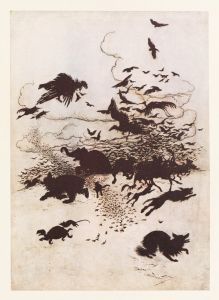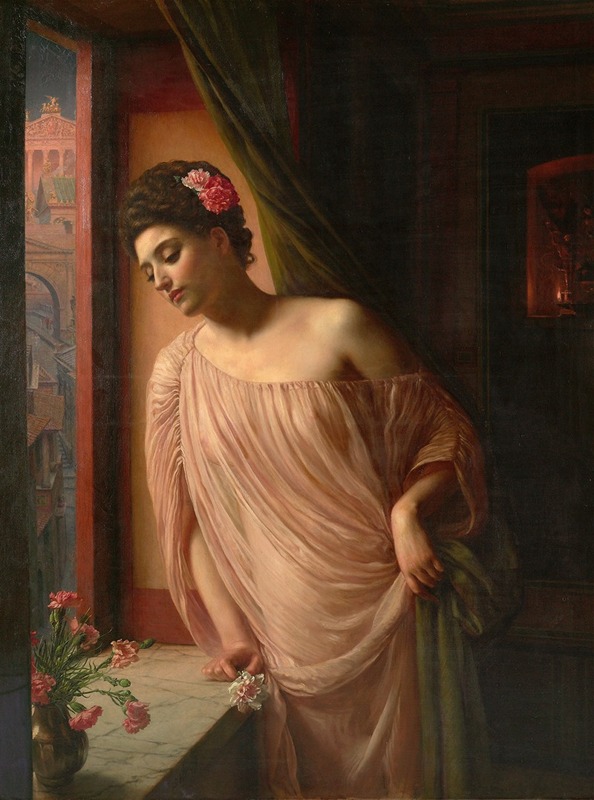
Asterié
A hand-painted replica of Edward John Poynter’s masterpiece Asterié, meticulously crafted by professional artists to capture the true essence of the original. Each piece is created with museum-quality canvas and rare mineral pigments, carefully painted by experienced artists with delicate brushstrokes and rich, layered colors to perfectly recreate the texture of the original artwork. Unlike machine-printed reproductions, this hand-painted version brings the painting to life, infused with the artist’s emotions and skill in every stroke. Whether for personal collection or home decoration, it instantly elevates the artistic atmosphere of any space.
Edward John Poynter was a prominent British artist and designer in the 19th century, known for his classical and historical subjects. However, there is no widely recognized painting titled "Asterié" by Edward John Poynter. It is possible that there might be a lesser-known work or a misattribution, but based on the available historical records and catalogs of Poynter's works, no such painting is documented.
Poynter was born in Paris in 1836 and was educated in England. He studied at the Royal Academy Schools in London and later in Paris under Charles Gleyre. Poynter's career was marked by his dedication to academic art, and he became a leading figure in the Victorian art scene. He was particularly known for his meticulous attention to detail and his ability to depict historical and mythological themes with great accuracy and drama.
Throughout his career, Poynter produced a number of significant works, including "Israel in Egypt" (1867), "The Catapult" (1868), and "The Visit of the Queen of Sheba to King Solomon" (1890). These works exemplify his skill in composition and his interest in historical and biblical subjects. Poynter's art often reflected the Victorian fascination with the ancient world, and he was adept at bringing these themes to life with a sense of grandeur and authenticity.
In addition to his work as a painter, Poynter was also an influential teacher and administrator. He served as the director of the National Art Training School (later the Royal College of Art) and was appointed as the President of the Royal Academy in 1896. His contributions to art education and his leadership in the art community were significant, and he was knighted in 1896 for his services to the arts.
Poynter's legacy is preserved in various public collections, including the Tate Gallery and the Victoria and Albert Museum in London. His works continue to be studied and appreciated for their technical excellence and their reflection of the cultural and artistic values of the Victorian era.
If "Asterié" is indeed a work by Poynter, it may be a lesser-known piece or one that has not been extensively documented in public collections or art historical literature. Without further verifiable information, it is challenging to provide a detailed description or analysis of this specific work.





